Introduction of Conventional Septic System
Conventional septic systems, also known as conventional septic systems, are the most basic form of septic systems. The conventional septic tank and the absorption field, which can be referred to as the conventional soakage system, are the two main components of conventional septic systems. The drain field is another name for the absorption field.
The septic tank receives wastewater from the residence. Septic tanks are waterproof structures made of concrete, metal, or fiberglass that are used to collect wastewater. This wastewater is kept in the septic tank for long enough for three different layers to form.
The scum layer, which is made up of grease, oils, and floatables, is on top. The sludge layer, at the bottom, is made up of sediments and waste that cannot float.
Some of the trash in the septic tank is broken down by anaerobic bacteria found in the sewage.
The liquid effluent layer is in the center, and it is permitted to flow out of the septic tank via T-shaped baffles. This effluent layer is deposited on top of the absorption field.
The absorption field is often made up of a succession of trenches that allow the liquid effluent to be discharged gradually.
A porous pipe sits on top of a medium such as sand and/or gravel in each trench. The remaining pathogens, viruses, and bacteria are naturally removed when the liquid effluent slowly percolates into the medium and surrounding soil.
What Is a Conventional Septic System?
A septic tank plus a trench or bed subsurface wastewater infiltration system make up a decentralized wastewater treatment system. A single-family house or small company generally has a conventional septic system installed.
The gravel/stone drain field is an old design that has been around for a long time. The term refers to the drain field’s creation. The wastewater is routed from the septic tank to a shallow underground stone or gravel trench in this arrangement.
The trench is subsequently covered with a geofabric or similar material to keep sand, dirt, and other pollutants out of the clean stone.
When the effluent enters the soil below the gravel/stone trench, it filters through the stone and is further cleaned by microorganisms. Gravel/stone systems have a big total footprint, therefore they may not be appropriate for all home sites or circumstances.
Traditional septic systems have long been the most widely utilized wastewater treatment method. Gravity is used to treat and distribute wastewater in these systems.
They are the most affordable and need the least amount of upkeep, which is usually restricted to septic tank pumping on a regular basis.
A conventional gravity flow septic system is made up of a series of tanks or a segmented tank, which is then connected to a distribution system. Before wastewater enters the distribution system, septic tanks are used to settle sediments and partially treat it.
One of the typical subsurface drain field choices can be used for the distribution system. They are made of gravel-filled trenches, plastic chambers, or plastic tubes that are put underground to retain wastewater as it exits the tanks until it can soak into the soil.
The soil treats the majority of the wastewater. Soil grains remove sediments including organic debris from wastewater. Organisms in the soil decompose the sediments and destroy the bacteria as well as pathogens in the wastewater.
The size of the tanks as well as the distribution system is determined by the quantity of bedrooms in the home with the kind of soil in which the distribution system is built.
How Much Does a Conventional Septic System Cost?
When considering septic system types and cost, conventional septic systems are less expensive than mound systems, although prices are still determined by system size, soil characteristics, and location.
The conventional septic system cost is influenced by these factors. A permit is usually required before installing a septic system, which costs between $250 and $1,000 on average.
Pricing is influenced by where you are. A traditional septic system costs between $2,000 to $5,000 on average in the Midwest, but between $4,000 and $15,000 in locations with greater labour and material prices.
On its own, a septic tank can cost anywhere from $500 to $1,800, depending on its size. The typical cost of piping and other materials is between $100 and $200.
Every one to three years, inspections are required, and they cost between $200 and $600 on average. Pumping the system on a regular basis is also required, which costs between $200 and $400.
The cost of installation varies between $2,000 and $6,000, depending on the soil type, the size of the house, and other criteria. Based on a three-year pump-out, septic tank maintenance costs around $75 each year. The expense of more regular maintenance rises.
Conventional Septic System Maintenance
For maintaining a traditional septic system, the conventional septic tank should be pumped a minimum of every 2 to 3 years. The size of the tanks, the number of people living in the house, and their waste disposal practices all influence how often they need be pumped.
In general, so that it can receive wastewater from the home, the distribution area should be shielded from excessive rainfall runoff.
Keeping a grass cover over the soil distribution system will aid in water removal from the soil.
The system is set up to handle a certain amount of water. It is necessary to repair leaking faucets and toilets. Low-flow devices will assist in reducing the volume of effluent.
In a septic system, a lot may go wrong. The water in the drain field will frequently overflow if the tank becomes blocked or full. This will cause unclean water to overflow your yard.
Household drains, such as those in your sink or toilet, will begin to back up and clog once the flooding begins. As a result, it’s critical to have your traditional septic system inspected and cleaned.
Septic tanks should be drained every three to five years at the absolute least. Septic pumping is a service provided by some experts. These will remove all of the fluids, sludge, and grease that have accumulated in your septic tanks over time.
Putting any type of chemical in your wastewater is one of the things you should avoid doing. Such chemicals can destroy the microorganisms in the septic tank, preventing solid waste from being dissolved.
Non-biodegradable elements, on the other hand, should not be allowed to run through your pipes. Bacteria are unable to break down these compounds. Solid objects can block your pipes, reducing the ability of your septic tank to adequately filter wastewater.
One must also stop letting grease, as well as oil, go down the sewer in the kitchen. Throw that in a container and dump it in the trash bin to dispose of it properly of trash.
Septic tanks filter grease by converting it to scum and depositing it on the surface of the wastewater, but they can still block your pipes with time. Furthermore, too much oil in your septic tank will making filtering more difficult than usual.
The cost of repairing a septic system is higher than the cost of maintaining and cleaning it. Make it a priority to follow these recommendations to the letter, since doing so can help you avoid problems.
Your septic system, like every other component of your home, requires regular maintenance. You may not be able to see how the septic tank works, but you must understand that it does far more for you than you realize.
Aside from having your drains run more smoothly, a septic tank keeps your home free of harmful germs. Make careful you maintain your septic system.
Advantages of Conventional Septic System
Here, the pros of Conventional Septic System
- Easy to care for
- Low operating costs
- There is no need for power.
- Conventional systems break down waste without the need for chemicals or a power source, making them better for the environment.
- There are several types of traditional septic systems available, including aerobic septic system vs conventional, concrete, fiberglass, and stainless steel septic systems.
- This allows you to select the optimal solution for your requirements.
Disadvantages of Conventional Systems
Here, the cons of Conventional Septic System
- Cannot be put in sensitive regions or on as many different types of soil as aerobic systems can.
- It generates lower-quality effluent than aerobic systems.
- Clay soils, shallow soils, rock, soils that get saturated during rainy parts of the year, or soils with a high water table cannot be placed with conventional gravity flow septic systems.
- A two-foot buffer must be maintained between the distribution system’s bottom and saturated or restricted soils such as thick clay or rock.
- Sewage backup poses significant problems in the house, impacting everything from toilets to sinks to showers.
- It is imperative that you address any leaks or broken pipes as soon as you become aware of them.
- It’s a huge loss for your septic system and may lead to a lot of damage to your home. Ruptured pipes are frequently the result of digging or tree roots.
- If the traditional system pipe isn’t adequately maintained, it will rust.
- Corroded pipes are more likely to fail, allowing the septic tank to leak.
What Is a Conventional Septic System?
A conventional septic system is a decentralized wastewater treatment system consisting of a conventional septic tank and a trench or bed subsurface wastewater infiltration system, known as a drain field or conventional soakage system . A conventional septic system is typically installed at a single-family home or small business. The name refers to the construction of the drainfield.
Conventional Septic System
A decentralized wastewater treatment system consisting of a septic tank and a trench or bed subsurface wastewater infiltration system (drainfield). A conventional septic system is typically installed at a single-family home or small business.
Conventional Septic
In a conventional septic system, the majority of treatment occurs in the drainfield, which is crucial for the function of water pump in the system. Wastewater flows from the tank through a solid pipe into a distribution box, where it is then channeled into perforated pipes set in trenches of gravel. The water slowly seeps into the underlying soil in the drainfield.
Conventional Septic System Cost
The conventional septic system cost for installation of an anaerobic or conventional septic system is on average $3,500, with most homeowners paying between $2,500 and $5,000. These are generally the quickest, easiest, and cheapest to install, and the effluent travels through the septic tank and on into the drain field using gravity.
| Conventional Septic System Cost | |
| Septic System Type | Average Cost |
| Conventional | $3,500 to $10,000 |
| Alternative | $6,000 to $15,000 |
| Engineered | $12,000 to $15,000 |
Conventional Septic Tank
Conventional septic systems have traditionally been the most commonly used technology for treating wastewater. These systems use gravity to treat and distribute wastewater in the soil. A conventional gravity flow septic system consists of a series of tanks or a compartmentalized tank followed by a distribution system.
Non-Conventional Septic System
An alternative septic system is a system that is different from the common traditional style septic system. Alternative systems require less soil. In other words, the drainfields are smaller, and the standoffs to water table and soil restrictions are reduced.
Non-Conventional Septic System Cost
On average you can expect to pay $4,000-$6,000 for a conventional septic system, $6,500-$8,500 for a conventional septic system that requires a pump, $10,000-$15,000 for an alternative septic system that requires pretreatment into conventional drainfield lines, and $20,000-$24,000 for an alternative septic system that requires pretreatment into drip irrigation.
Conventional Septic System Installation
What Are the Two Types of Septic Systems?
Septic System Types. There are two basic septic system types — conventional and alternative. Site and soil conditions generally determine the type of system that should be installed.
What Is the Difference Between Conventional and Aerobic Septic Systems?
Liquid and solid waste enters the trash tank and settles into layers, just like conventional septic systems. … The difference occurs when wastewater travels to the treatment plant, where an aerator circulates oxygen bubbles throughout the effluent, similar to a fish tank pump.
Does Shower Water Go into Septic Tank?
From your house to the tank: Most, but not all, septic systems operate via gravity to the septic tank. Each time a toilet is flushed, water is turned on or you take a shower, the water and waste flows via gravity through the plumbing system in your house and ends up in the septic tank.
How Does a Conventional Septic Tank Work?
In a conventional septic system, the majority of treatment occurs in the drainfield. Waste water flows from the tank through a solid pipe into a distribution box, where it is then channeled into perforated pipes set in trenches of gravel. The water slowly seeps into the underlying soil in the drainfield.
Can You Flush the Toilet When the Septic Is Being Pumped?
Everyday maintenance: After a septic system pumping, you can take simple steps to ensure the system keeps working as intended. The first step is to only flush wastewater and toilet paper. Don’t flush other items like feminine hygiene products, diapers or paper towels, as they may result in clogs.
Are Long Showers Bad for Septic Systems?
Washing frequent, small loads of laundry or taking exceptionally long showers every day is all it takes to overload your septic system with too much water. The primary treatment tank needs time to break up solids before partly-treated water can enter the drain field.
How Long Do Septic Tanks Last?
A septic system’s lifespan should be anywhere from 15 to 40 years. How long the system lasts depends on a number of factors, including construction material, soil acidity, water table, maintenance practices, and several others.
How Often Does a Septic Tank Need to Be Pumped?
In general, a septic tank should be pumped every 2 – 5 years, however, there are other factors to consider. Ultimately, the time between cleans depends on the number of people in your household, age of your septic tank and the tank’s storage capacity.
What Is the Most Common Cause of Septic System Failure?
Most septic systems fail because of inappropriate design or poor maintenance. Some soil-based systems (those with a drain field) are installed at sites with inadequate or inappropriate soils, excessive slopes, or high ground water tables.
Conventional Septic System Maintenance
Inspect and Pump Frequently
Household septic tanks are typically pumped every three to five years. Alternative systems with electrical float switches, pumps, or mechanical components should be inspected more often, generally once a year. A service contract is important since alternative systems have mechanized parts.
Conventional Vs. Alternative Septic Systems
Alternative systems require less soil. In other words, the drainfields are smaller, and the standoffs to water table and soil restrictions are reduced. With conventional systems, the soil is “cleaning†the wastewater just as much as the septic tank.
How Does a Conventional Septic System Work?
In conventional, or soil-based systems, the liquid (known as effluent) is discharged from the septic tank into a series of perforated pipes buried in a leach field, chambers, or other special units designed to slowly release the effluent into the soil. This area is known as the drainfield.
Conventional Septic Tank Maintenance Tips
Think at the sink!
- Avoid chemical drain openers for a clogged drain. Instead, use boiling water or a drain snake.
- Never pour cooking oil or grease down the drain.
- Never pour oil-based paints, solvents, or large volumes of toxic cleaners down the drain.
- Eliminate or limit the use of a garbage disposal.
Best Practices for Conventional Septic System Care
Never pour oil-based paints, solvents, or large volumes of toxic cleaners down the drain. Even latex paint waste should be minimized. Eliminate or limit the use of a garbage disposal. This will significantly reduce the amount of fats, grease, and solids that enter your septic tank and could clog the drainfield.
Aerobic Septic System Vs Conventional
Aerobic treatment systems (ATS) include fixed film systems, continuous flow systems, retrofit systems and composting toilets. The main difference between an ATS and a traditional septic system is that it produces a higher quality effluent and requires a smaller leach field.
How Does a Traditional Septic System Work?
The traditional septic systems are designed to hold wastewater long enough to allow solids to settle to the bottom, forming a sludge layer, and oils and greases to float to the top, forming a scum layer. If too much water is flowing into the septic tank, wastewater is pushed out into the drainfield before settling and separating occurs.
What Is a Conventional Septic System?
A conventional decentralized wastewater treatment system consists of a septic tank and a trench or bed subsurface wastewater infiltration system, known as a drainfield. A conventional septic system is typically installed at a single-family home or small business.
What Is Conventional Septic?
The simplest types of septic systems are conventional systems. Conventional septic systems typically consists of two major components: the septic tank and the absorption field (also known as the drainfield). Wastewater flows from the household to the septic tank.
How Big Is a Septic Drain Field?
The leach field is a series of trenches that may be up to 100-feet long and 1 foot to 3 feet in width, separated by six feet or more, depending on local requirements, and sometimes constructed leaving space between the original lines to install replacement leach lines when needed.
Conventional Septic System Cost
Conventional septic systems are usually the most affordable, costing around $2,000–$7,000.
Non Conventional Septic System
Non-conventional septic systems are designed to properly treat wastewater by utilizing Best Available Technology to overcome poor soil conditions and other extenuating factors that make installation of a conventional septic system impossible.
Non Conventional Septic System Cost
These systems are also used with a high water table, poor soil, or high bedrock. Drain fields for alternative systems generally need less land and release cleaner wastewater. This benefit comes at an increased cost, with systems usually priced around $4,000–$15,000.
Like this post? Share it with your friends!
Suggested Read –
- Skillion Roof House
- Install Septic Pump
- Leaking Septic Tank
- Clay Soil Septic Systems
- Wetland Septic Systems
- Septic Tank Pumping Cost
- Inspection Pipe Septic Tank
- Chamber Septic System Cost
- Average Septic Inspection Cost
- Septic Drain Field Replacement Cost
- Plastic Vs Concrete Septic Tank Cost
- What Are the 3 Types of Septic Systems
- Does Shower Water Go into Septic Tank
- Community Septic System Pros and Cons
- How Often Should You Have Your Septic Tank Pumped
- Drip Distribution Septic System | What Is Drip Distribution Septic System | Advantages & Disadvantages Drip Distribution Septic System
- What Is a Community Septic System | Community Septic System Cost | Advantages & Disadvantages of Community Septic System
- What Is Chamber Septic System | How Much Does a Chamber Septic System Cost | Chamber Septic System Maintenance
- Alternative Septic Systems | What Are Alternative Septic Systems | Types of Alternative Septic Systems
- Skillion Roof House | Types of Skillion Roof | How to Build Skillion Roof | Advantages & Disadvantages
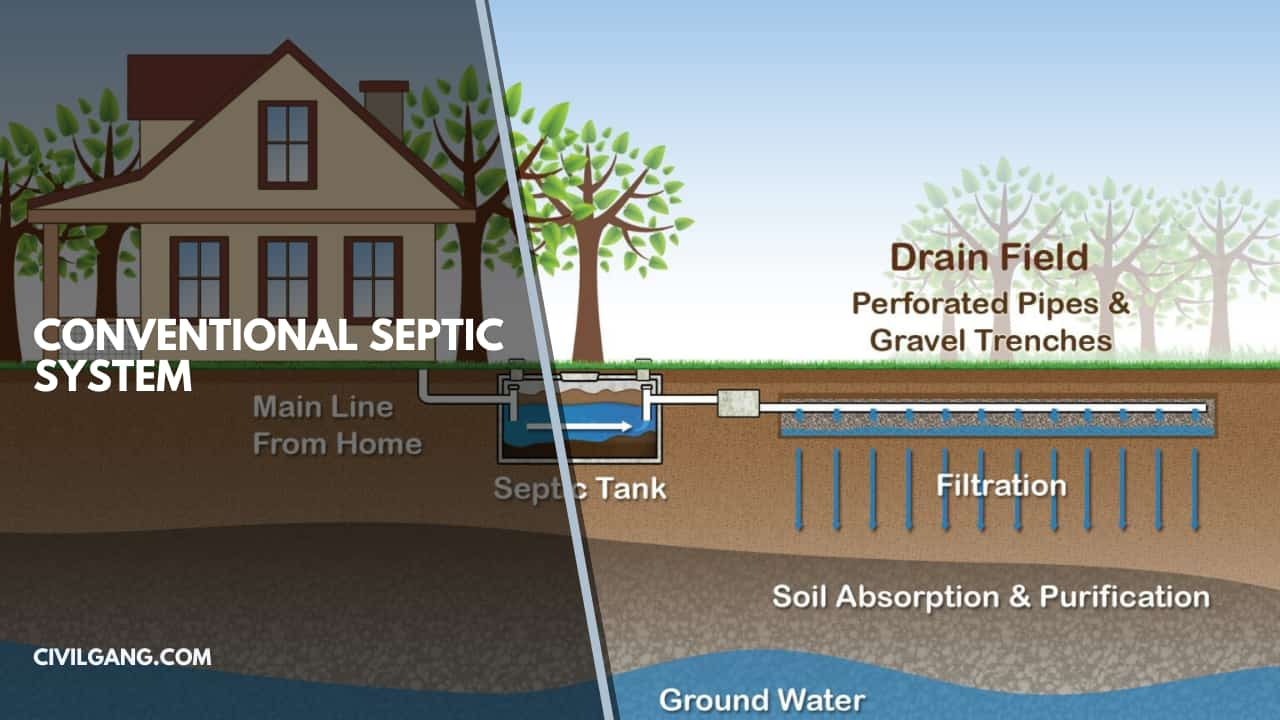
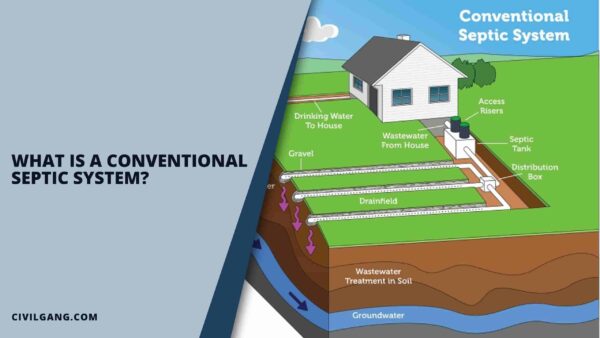
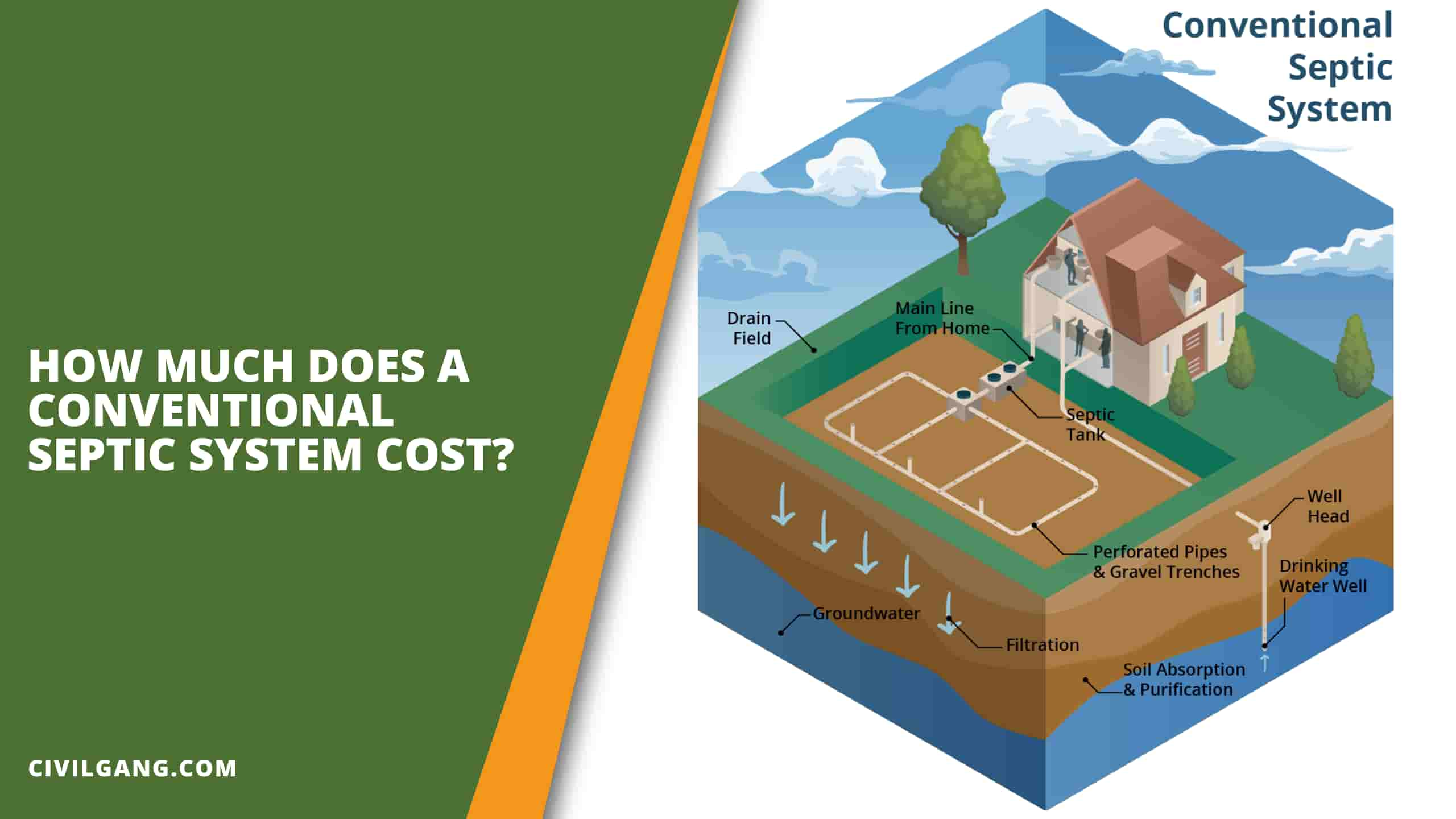
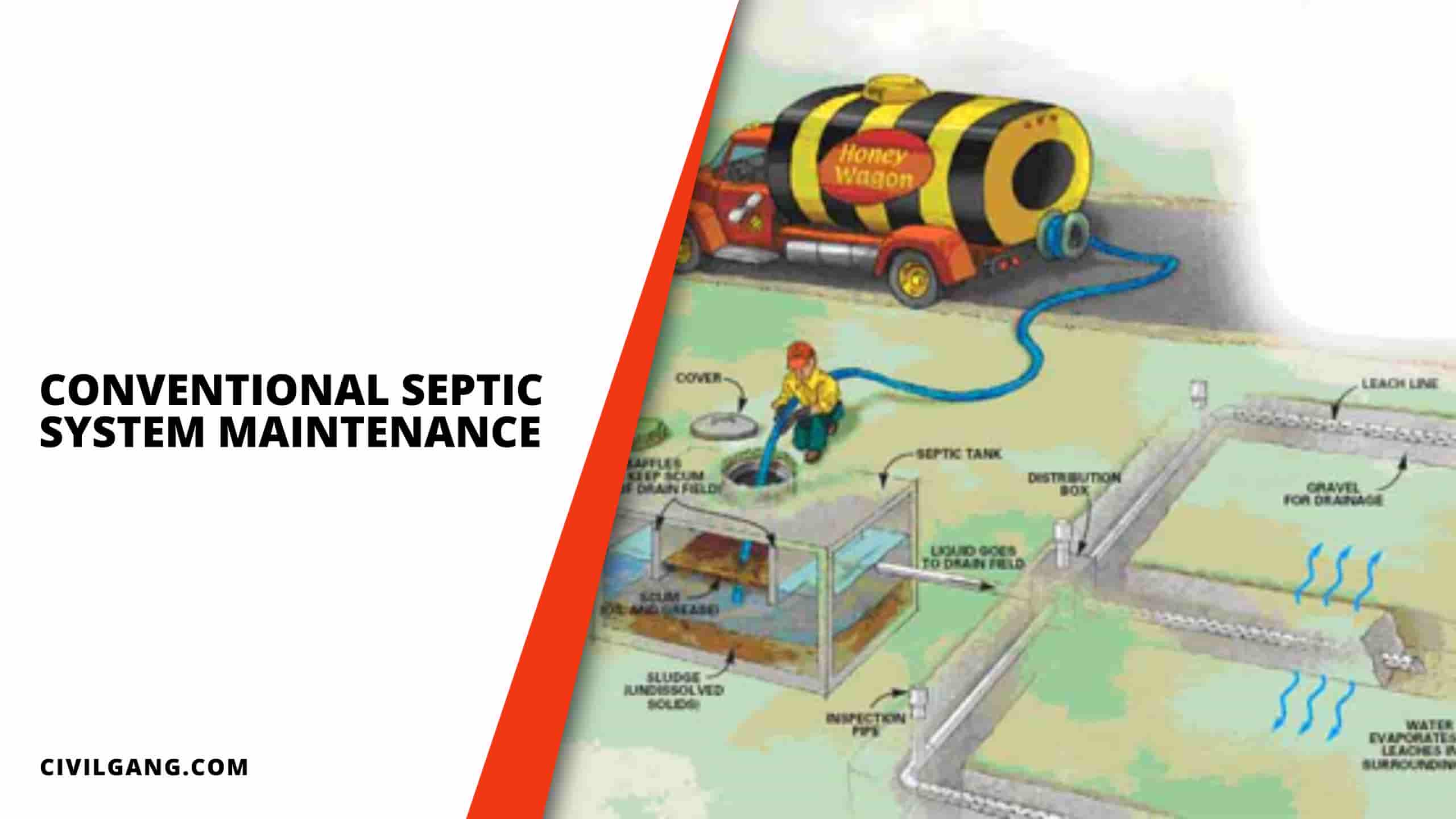
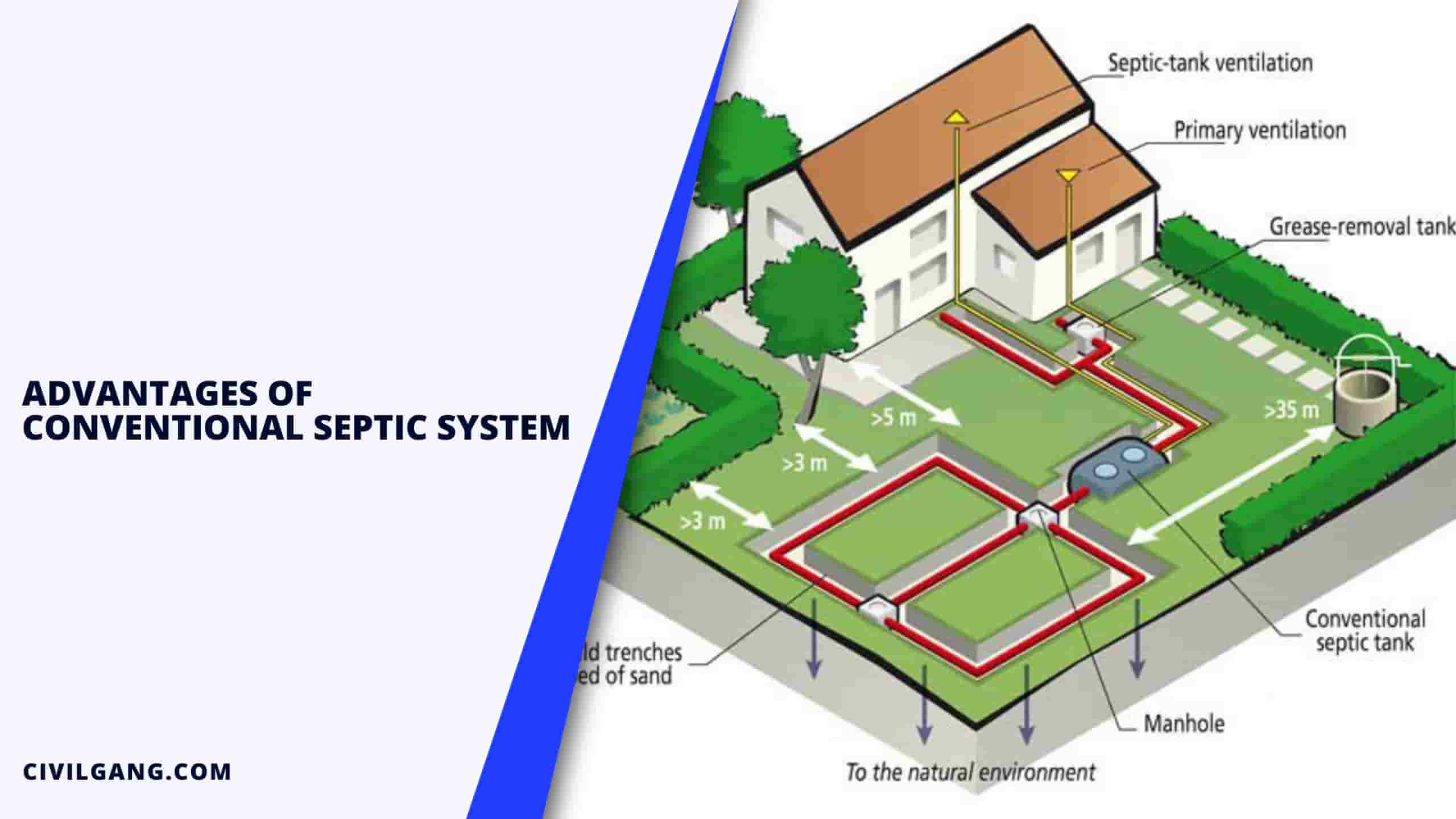
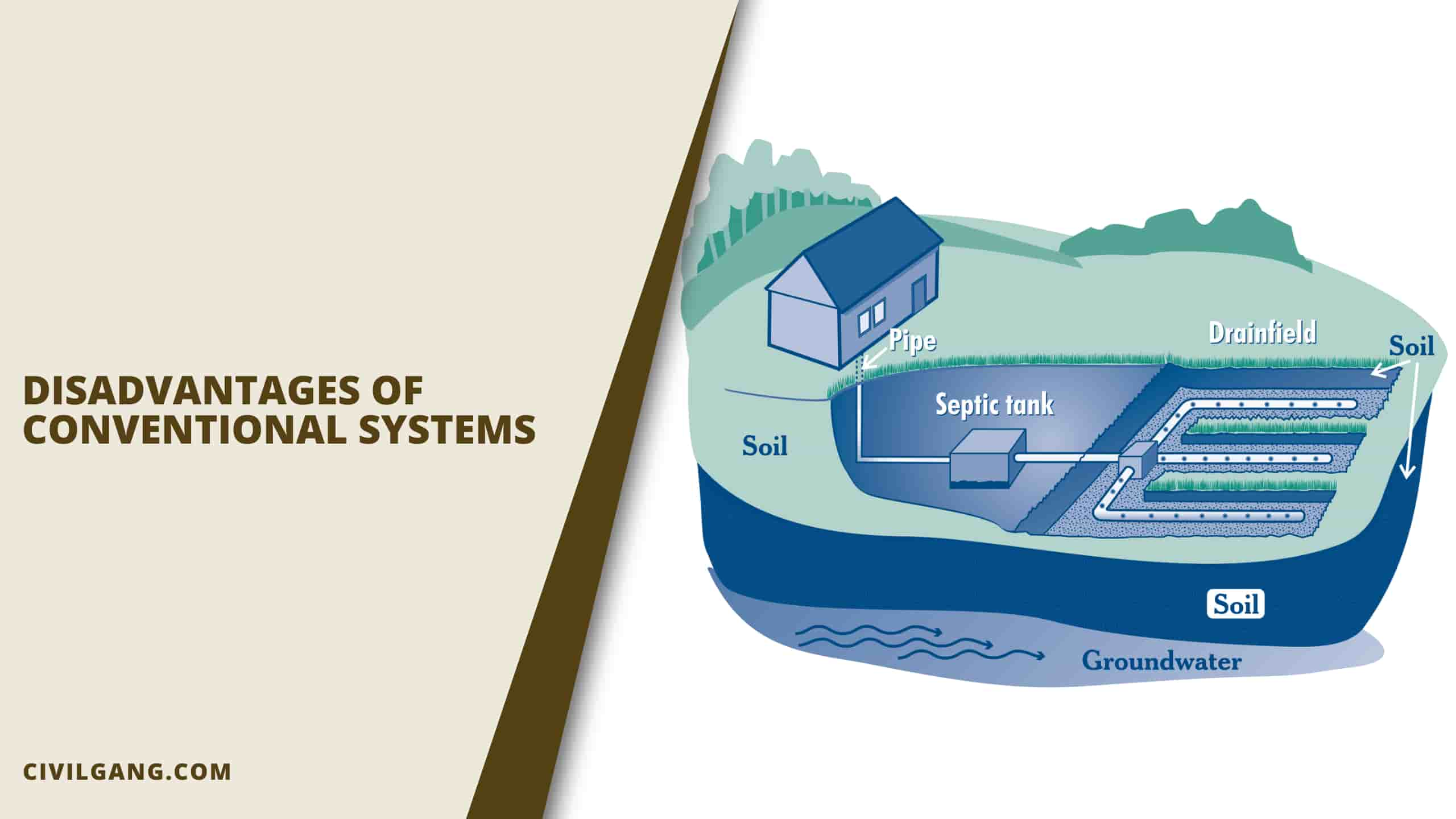
Leave a Reply